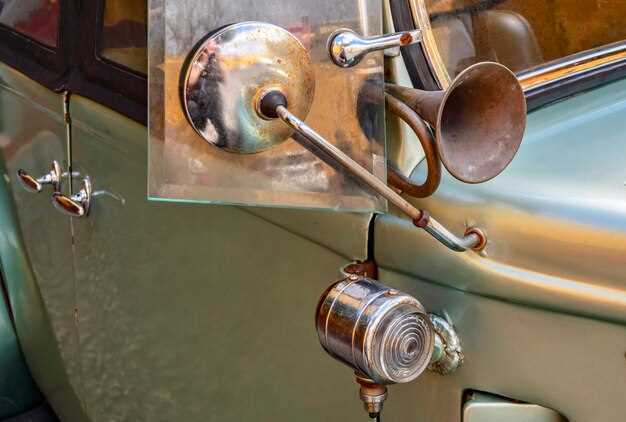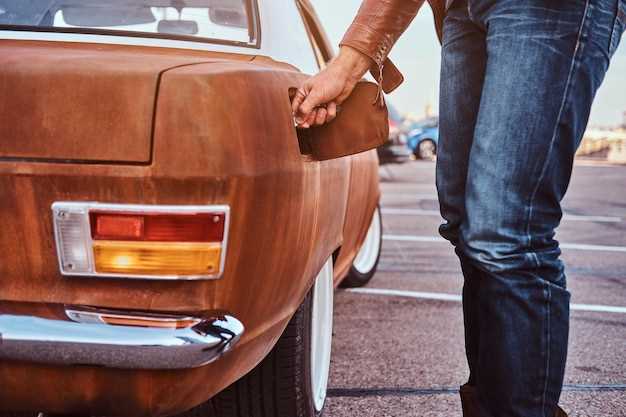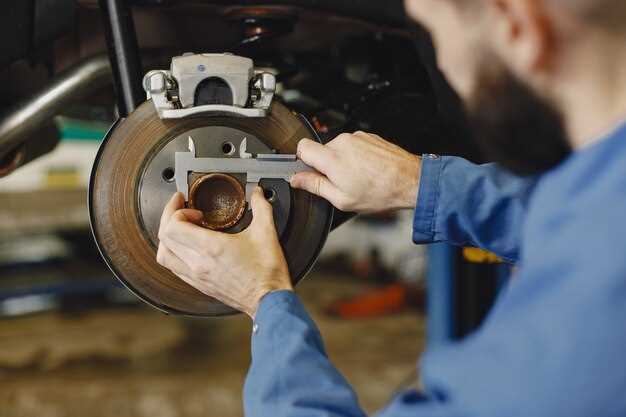Finding Original Parts for Vintage Fiat Cars

The quest for sourcing original parts for vintage Fiat models can be both exciting and challenging. As enthusiasts and collectors of these iconic vehicles know, maintaining their classic charm requires authentic components that stay true to the original design. Whether it’s for a beloved Fiat 500 or the sporty Fiat Spider, securing the right parts is essential for restoration projects and ongoing maintenance.
Many vintage Fiat models are no longer in production, leading to a scarcity of original parts. Sourcing these components requires a strategic approach. It often begins with thorough research to identify trusted suppliers and networks that specialize in classic Fiat vehicles. Utilizing online forums, social media groups, and vintage car clubs can provide valuable insights and recommendations from fellow Fiat aficionados.
In addition to online resources, classic car shows and swap meets present unique opportunities for sourcing rare parts. Engaging with other collectors and vendors at these events can lead to unexpected discoveries. Remember, patience and persistence are key when it comes to tracking down those elusive parts that will ensure your vintage Fiat remains a masterpiece of automotive history.
Identifying Reliable Suppliers for Vintage Fiat Components
Sourcing authentic parts for vintage Fiat models can be a challenging endeavor, particularly given the age of many vehicles. To ensure the quality and authenticity of components, it’s crucial to identify reliable suppliers. Here are some strategies to guide you.
Firstly, consider suppliers that specialize in vintage or classic car parts. These companies often have extensive knowledge of specific models and can provide parts that meet the original specifications. Online marketplaces that cater to classic cars can also be helpful; however, it’s essential to research the sellers’ reputations through reviews and ratings.
Secondly, network with local vintage car clubs or forums. Members often have firsthand experience with various suppliers and can recommend reliable options. Engaging with these communities can provide valuable insights into sourcing hard-to-find parts.
Another critical step is to verify the authenticity of the parts offered. Request documentation or certification verifying that the components are original or reproductions made to the same standards. This verification is particularly important for critical components that affect the vehicle’s performance and safety.
Additionally, prioritize suppliers who offer a return policy or guarantee on their parts. A reputable supplier should stand behind their products, allowing you to return components if they do not meet your expectations or if they are not suitable for your specific model.
Finally, consider utilizing social media platforms where vintage Fiat enthusiasts gather. These groups can be great resources for recommendations on trustworthy suppliers and provide real-time feedback from other owners who have sourced similar parts.
By following these guidelines, you can enhance your chances of locating reliable suppliers for vintage Fiat components while ensuring your restoration or maintenance project is a success.
Navigating Online Marketplaces for Authentic Fiat Parts

In the pursuit of sourcing authentic parts for vintage Fiat models, online marketplaces serve as invaluable resources. These platforms, ranging from specialized automotive websites to general e-commerce giants, offer a diverse selection of components that can revive classic vehicles. When exploring these online spaces, it is essential to be diligent and informed to ensure the authenticity of the parts acquired.
First, begin your search by targeting reputable websites that cater specifically to vintage car enthusiasts. Websites dedicated to classic cars often provide in-depth descriptions, historical context, and detailed images of the parts, making it easier to assess their authenticity. Look for sellers with positive feedback and ratings from the vintage automotive community, as this can indicate their reliability.
Utilizing search filters effectively can simplify the sourcing process. Narrow down your results by specifying the exact model and year of your Fiat, which helps to avoid irrelevant listings. Pay close attention to keywords such as “original,” “OEM,” or “genuine” in the product descriptions, as these terms typically signify that the parts are authentic and worthy of consideration.
Beware of pricing that appears too good to be true. Authentic vintage parts often come at a premium due to their rarity. Conducting research on typical price ranges for specific components can provide context, helping to identify reasonable offers. Engaging with community forums or social media groups focused on vintage Fiats can also yield insights regarding fair pricing for sought-after parts.
Consider the return policies and warranties offered by sellers. A reputable marketplace will often provide options for returns if the part does not meet the declared standards. Understanding these policies before purchasing can mitigate potential risks associated with sourcing vintage components.
Lastly, patience is a virtue when navigating online marketplaces. Sourcing the right authentic parts for vintage Fiat models may take time, but persistent searching and careful evaluation will lead to successful acquisitions that enhance the overall restoration process. Emphasizing quality over quantity is essential in the journey of reviving classic vehicles, ensuring a faithful representation of Fiat’s storied legacy.
Restoration Techniques for Vintage Fiat Models Using Original Parts

Restoring vintage Fiat models is a meticulous process that requires dedication and precision. Using original parts is essential for maintaining the authenticity and enhancing the value of these classic vehicles. The first step in restoration involves a thorough assessment of the car, documenting the condition of various components such as the engine, transmission, and bodywork.
Next, sourcing authentic parts is crucial. Vintage Fiat models often necessitate specific components that may no longer be in production. Enthusiasts can find original parts through specialized suppliers, online marketplaces, or vintage car shows. Engaging with fellow collectors and joining Fiat clubs can also provide leads on rare parts.
Once original parts are sourced, careful disassembly of the vehicle is required. Each component must be meticulously removed to avoid damage, especially when dealing with rust or deteriorated materials. It is advisable to catalogue parts as they are removed, facilitating easier reassembly.
Restoration techniques vary by part type. For metal components, techniques such as sandblasting or chemical stripping can effectively remove rust and paint. Original parts should be repaired when possible, with welding or patching used to reinstate structural integrity. When repainting, choosing the original color codes ensures authenticity.
For interior restoration, sourcing original fabrics and materials can significantly enhance the vehicle’s overall look. Reupholstering seats and replacing carpets with vintage materials will elevate the restoration quality. Maintaining correct stitching patterns and padding types preserves the classic feel of the vintage Fiat.
In terms of mechanical restoration, ensuring original specifications are met is vital. Upgrading parts while retaining original functionality is an option, but careful consideration must be made to ensure that the character of the vintage Fiat model is not lost.
Finally, once the restoration process is completed, regular maintenance with original parts helps sustain the vehicle’s performance. Proper care ensures that the vintage Fiat remains both a joy to drive and a piece of automotive history for years to come.



